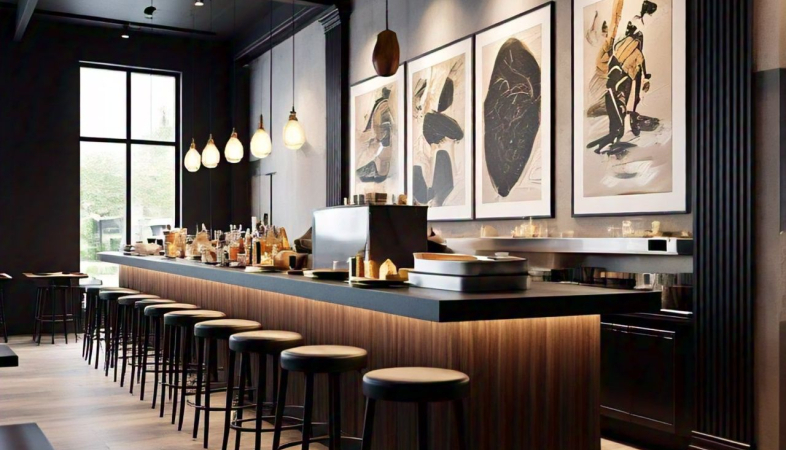Restaurants That Offer Diners the Freedom to Cook Their Own Meals
In an era where food is as much about the experience as it is about nourishment, cook-your-own-meal restaurants provide a refreshing departure from the ordinary.
The traditional restaurant experience has always revolved
around a well-defined dynamic: diners place an order, and chefs prepare it.
However, in a refreshing twist to this conventional model, some restaurants are
giving customers the freedom to cook their own meals. These establishments
provide diners with high-quality ingredients, the necessary tools, and a fun,
hands-on experience that blends dining and culinary creativity. This
interactive approach has captured the imagination of food lovers seeking more
than just a delicious meal—it offers a memorable, personal connection to the
food they eat.
The appeal of cook-your-own-meal restaurants lies in the combination of culinary exploration and social engagement. Diners are no longer passive recipients of prepared dishes; they become active participants in crafting their meals. Whether grilling premium cuts of meat at a Korean barbecue restaurant, assembling flavorful hot pots, or flipping pancakes on a personal griddle, customers enjoy the thrill of personalizing their dishes. This hands-on process fosters a sense of accomplishment, making the dining experience uniquely gratifying. Additionally, it allows diners to tailor their meals to their preferences, from cooking levels to seasoning choices, ensuring a satisfying outcome every time.
These restaurants often serve as social hubs, offering a communal atmosphere that is perfect for gatherings with family or friends. The interactive nature of cooking at the table encourages conversation, teamwork, and laughter, creating shared memories that go beyond the food itself. Couples, too, find these settings appealing, as the collaborative cooking process can serve as an engaging and enjoyable bonding activity. Even solo diners can appreciate the novelty of taking charge of their meal preparation in a setting that feels both relaxed and creative.
Beyond the entertainment value, cook-your-own-meal restaurants cater to diverse culinary interests and dietary needs. Diners can explore various cuisines and cooking techniques, all while having control over portion sizes, ingredient combinations, and preparation methods. For those with dietary restrictions or allergies, this setup offers peace of mind, as they can ensure their food aligns perfectly with their requirements. Restaurants often provide high-quality, pre-prepped ingredients, making it easy for guests to experiment with new flavors and cuisines without the intimidation of starting from scratch.
From a business perspective, this model can reduce operational complexity in the kitchen. Since much of the cooking happens at the table, the restaurant's back-of-house operations focus on ingredient preparation and presentation rather than full-scale cooking. This setup can lower staffing costs while allowing restaurants to allocate resources toward sourcing premium ingredients and creating an inviting ambiance. The model also opens up possibilities for upselling, as diners may opt for add-ons like extra sauces, sides, or premium ingredient upgrades to enhance their creations.
However, implementing a cook-your-own-meal concept comes with its challenges. Restaurants must invest in specialized equipment, such as tabletop grills, induction stoves, or hot pot setups, and ensure their safety and usability. Staff training is crucial to assist diners in using the equipment correctly while maintaining a high standard of hygiene and safety. Moreover, the novelty of this concept may not appeal to everyone, particularly those who prefer to relax and be served a fully prepared meal. Striking a balance between self-cooking and optional chef-prepared dishes can help broaden the appeal to a wider customer base.
The popularity of these restaurants reflects a shift in dining culture, where customers seek immersive experiences that connect them more closely to their food. The act of cooking transforms the meal into an event, offering both entertainment and education. As more people prioritize unique dining experiences over routine outings, restaurants that encourage diners to cook their own meals are carving out a distinct niche in the industry.
In an era where food is as much about the experience as it is about nourishment, cook-your-own-meal restaurants provide a refreshing departure from the ordinary. They celebrate the joys of culinary creativity, bring people together, and cater to modern diners’ desire for personalization and interaction. As this trend continues to grow, it’s clear that these establishments are not just serving meals—they’re serving experiences that linger far beyond the table.
.png)




























